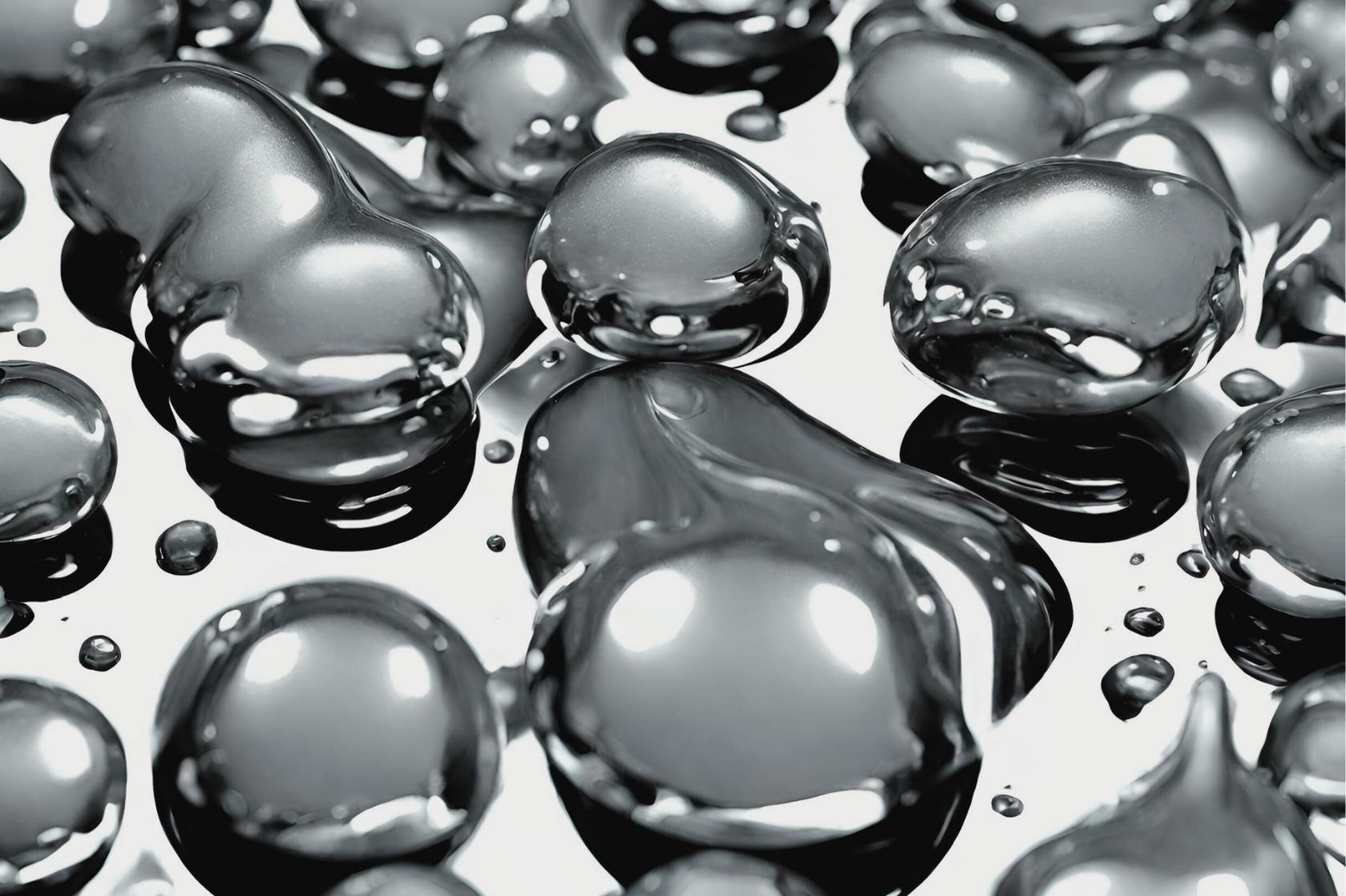
Heavy Metal Test in Cosmetic Products
Heavy Metal Testing in Cosmetic Products
What is a heavy metal test? What does heavy metal mean?
Heavy metal tests in cosmetic products are tests conducted to determine the presence of heavy metal contamination in products. Heavy metals can cause unwanted contamination in cosmetic products and can be harmful to human health. These tests are highly important for the safety and suitability of products.
Heavy metals, such as Pb (lead), As (arsenic), Cd (cadmium), Hg (mercury), and Sb (antimony), which have a density greater than 5 g/cm3 and exhibit metallic properties, refer to toxic elements that can negatively affect health depending on the dose, route, and duration of exposure in living organisms.
These metals, besides being present to a certain extent as natural components in products containing dyes, including cosmetic products, can also be present as impurities in the product due to their widespread presence in the environment and their stable chemical structure.
Heavy metal tests generally include the following metals:
- Lead (Pb): Lead can be found in cosmetic products, especially in products like dyes, lipsticks, and eye makeup. Lead exposure can lead to serious health problems.
- Mercury (Hg): Mercury can be found in cosmetic products, especially in skin lighteners and mascaras. Mercury can be harmful to the nervous system and kidneys.
- Cadmium (Cd): Cadmium can be found in cosmetic products, especially in some dyes and pigments. Long-term exposure can lead to kidney damage, bone weakness, and an increased risk of cancer.
- Chromium (Cr): Chromium can be found in cosmetic products, especially in some pigments and dyes. Chromium exposure can cause allergic reactions and skin irritation.
Acceptable impurity values for heavy metals may vary depending on:
- Sensitive populations (for example, children are more sensitive to heavy metal toxicity than adults and may potentially be more exposed due to hand-to-mouth activities),
- Amount of product used,
- Applied body area,
- Characteristics of the cosmetic product (rinsed off, non-rinsed off)
Heavy metal tests are generally performed using techniques such as atomic emission spectroscopy (AES), inductively coupled plasma mass spectrometry (ICP-MS), or other appropriate analytical techniques. These tests are conducted to determine the total heavy metal content of products and the concentration of specific heavy metals.
To ensure compliance with regulations and protect the health of users, it is important to conduct heavy metal tests, especially on cosmetic products applied to the oral cavity (toothpaste) and colored cosmetics (foundation, lipstick, nail polish, blush, etc.) with high concentrations of dyes.
